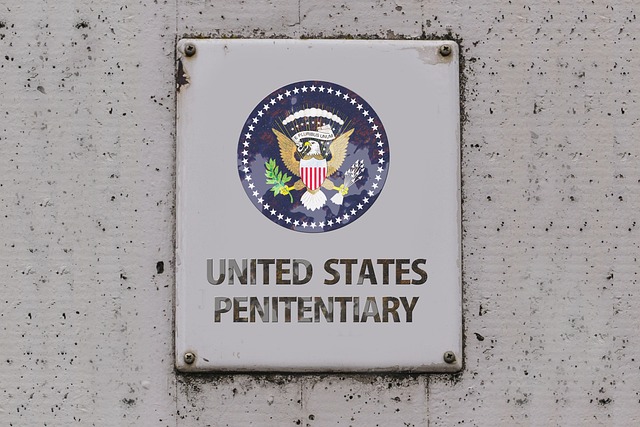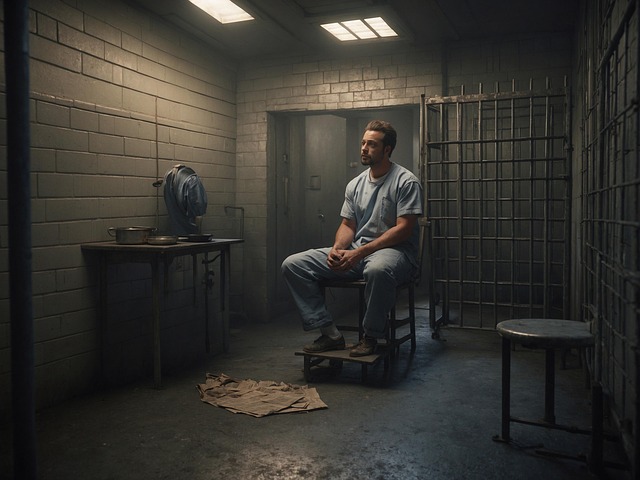Pedestrians in urban areas have legally protected rights crucial for their safety, especially against DUI risks. Understanding these rights is vital for locals and tourists alike to demand safe passage, hold accountable reckless drivers, and utilize effective DUI defense strategies. This knowledge empowers individuals to confidently navigate city streets, protecting their rights, particularly when tourists may be unfamiliar with local laws. Cities must design pedestrian-friendly streetscapes, enforce traffic laws against dangerous driving behaviors, and implement robust DUI defense strategies for tourists to deter irresponsible behavior, ensuring safe experiences during travels.
In urban areas, ensuring safe streets for pedestrians is paramount to public health and well-being. This article explores key aspects of pedestrians’ rights, shedding light on their legal protections in dynamic city landscapes. We delve into common dangers faced by walkers on roads, highlighting the need for robust safety measures. Additionally, we examine legal safeguards for tourists involved in DUI incidents, emphasizing the importance of understanding their rights. Through advocating for education and empowered street users, cities can create environments where pedestrians thrive, balancing their rights with vehicle privileges.
- Understanding Pedestrians' Rights in Urban Areas
- Common Dangers Faced by Walkers on Roads
- Legal Protections for Tourists in DUI Incidents
- Safe Walking Environments: City Responsibilities
- Rights of Pedestrians vs. Vehicle Privileges
- Advocacy and Education: Empowering Street Users
Understanding Pedestrians' Rights in Urban Areas

In urban areas, pedestrians have specific rights and protections that are vital for their safety. Understanding these rights is crucial for both residents and visitors alike, especially in light of issues like DUI (Driving Under the Influence) which can significantly impact vulnerable road users. Tourists, often unfamiliar with local laws, may find themselves facing severe consequences if they violate pedestrian rights, making a strong awareness of their legal standing essential. By knowing their rights, pedestrians can confidently navigate city streets and demand safe passage.
This knowledge empowers individuals to hold accountable those who exhibit reckless driving behaviors or neglect traffic rules, thereby fostering a culture of responsibility. Additionally, it enables tourists with DUI defense strategies should they encounter law enforcement while on foot, ensuring fairness and due process.
Common Dangers Faced by Walkers on Roads

Pedestrians, especially tourists exploring new cities, often face unique challenges when navigating busy urban areas. One significant danger is the risk of accidents involving drivers under the influence (DUI). In many cases, tourists may not be aware of local traffic laws or street layouts, making them more vulnerable to these incidents. DUI Defense for Tourists becomes a vital concern as it provides a safety net, offering legal protection and support when facing charges stemming from an accident caused by an impaired driver.
Additionally, heavy traffic, poorly designed crosswalks, and inadequate lighting contribute to the overall hazard for pedestrians. These issues can be exacerbated in areas with high tourism, where foot traffic may not be expected or properly accounted for. Understanding these dangers is a crucial step in fostering safer streets and ensuring that all road users, including visitors, have the right to do so without fear of harm.
Legal Protections for Tourists in DUI Incidents

When visiting new cities, tourists often rely on walking or using public transportation to explore their surroundings. However, they may face risks if involved in a DUI (Drunk Driving Under Influence) incident, especially since laws and protections can vary across jurisdictions. In many places, legal protections for tourists in DUI cases are in place to ensure fair treatment. These protections may include diplomatic immunity or specific agreements between home countries and the visiting nation, providing a layer of support for visitors facing criminal charges.
Understanding these legal safeguards is crucial for tourists, as they can offer a robust DUI defense. With the right knowledge, visitors can navigate the justice system more effectively, ensuring their rights are protected during what could be a challenging and confusing time.
Safe Walking Environments: City Responsibilities

Creating safe walking environments is a primary responsibility of cities, especially in areas with high pedestrian traffic, like tourist hotspots. This involves designing streetscapes that prioritize people over vehicles, ensuring clear sidewalks, well-lit paths, and reduced speed limits for motorists. Efficient crosswalks, pedestrian-activated signals, and dedicated bike lanes also contribute to safer walking conditions, fostering a sense of security among residents and visitors alike.
Moreover, cities must actively enforce traffic laws targeting dangerous driving behaviors like drunk or distracted driving (DUI), which can significantly impact the safety of pedestrians. Implementing robust DUI defense strategies for tourists, including clear signage, strict penalties, and targeted campaigns, serves as a deterrent and reinforces the importance of responsible driving in pedestrian-friendly zones.
Rights of Pedestrians vs. Vehicle Privileges

Pedestrians, as vulnerable road users, possess distinct rights and should never be considered inferior to vehicle operators. In many jurisdictions, laws are designed to prioritize the safety of pedestrians, recognizing their limited protection. This balance ensures that while drivers have privileges, they also bear responsibilities to ensure safe roads for all.
When it comes to rights, pedestrians have the freedom to use sidewalks, cross streets at designated crossings, and expect a reasonable level of care from motorists. On the other hand, vehicle owners enjoy privileges like owning and operating a motor vehicle, but these are accompanied by strict rules, especially when it involves impairment or negligence. For instance, driving under the influence (DUI) is a grave offense that jeopardizes not just the driver’s life but also endangers pedestrians and other road users. Tourists visiting new cities should be aware of their rights as well as local laws, particularly regarding DUI defense, to ensure safe experiences during their travels.
Advocacy and Education: Empowering Street Users

Empowering pedestrians is a vital step in creating safer streets. Advocacy and education play a crucial role in this process by raising awareness about pedestrians’ rights and responsibilities. This includes teaching drivers about shared road usage and encouraging them to be more vigilant, especially in areas with high pedestrian traffic.
By promoting understanding of local laws and regulations regarding pedestrian safety, communities can better protect their most vulnerable members, including tourists visiting from out of state or abroad. A well-informed public is essential in combating issues like drunk driving (DUI) incidents targeting pedestrians, ensuring that everyone on the streets feels secure and respected.
Pedestrians’ rights and safe streets are integral components of any thriving urban area. By understanding their legal protections, recognizing common dangers, and advocating for inclusive walking environments, cities can ensure that all street users—including tourists facing DUI incidents—are protected. Legal safeguards like the right to safe passage and specific laws protecting visitors underscore the importance of navigating roads with care and empathy. Through education and advocacy, we can foster a culture that prioritizes pedestrian well-being, ultimately enhancing urban mobility and quality of life for everyone who walks these bustling streets.






